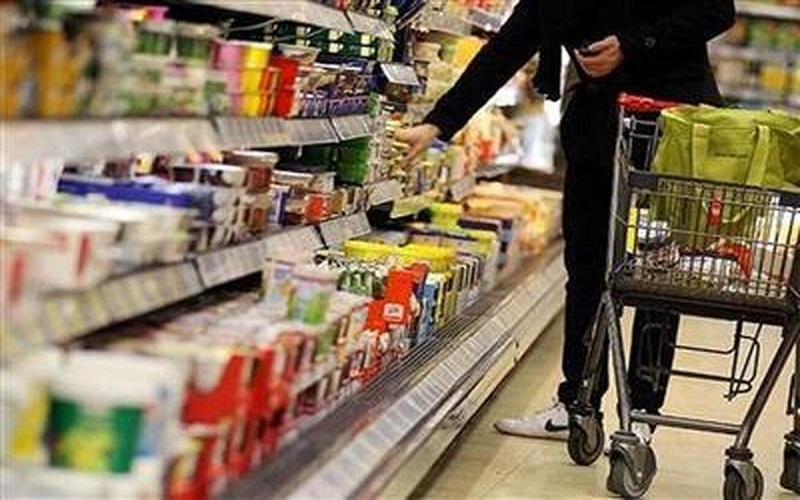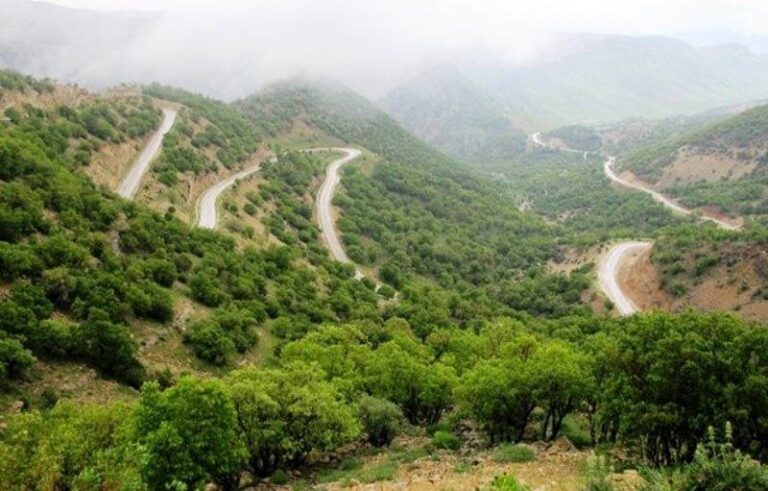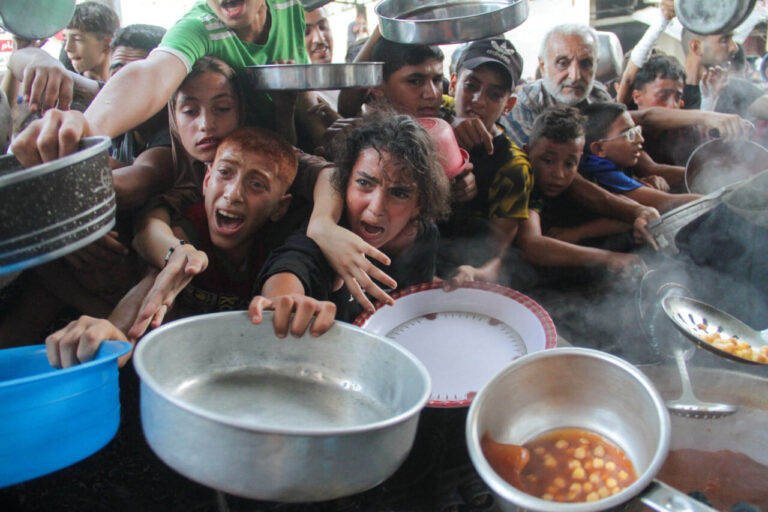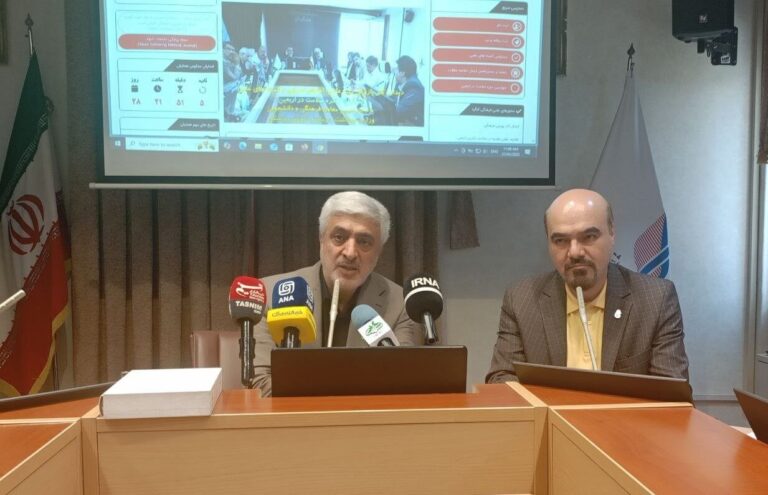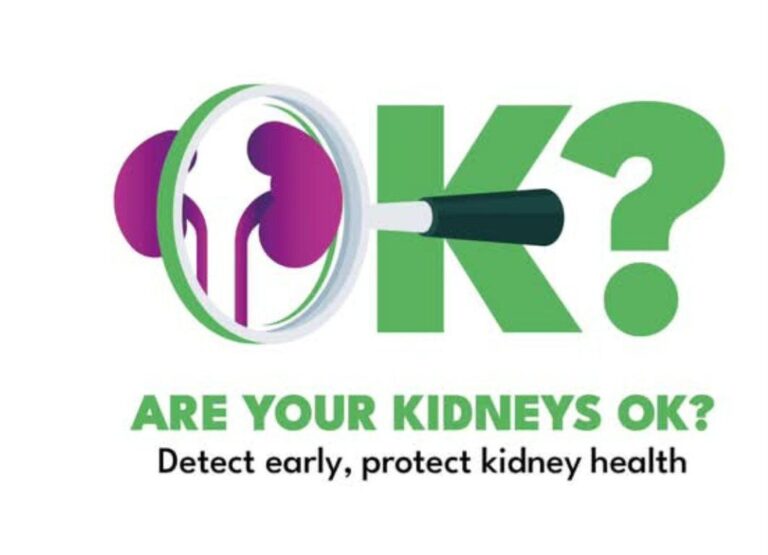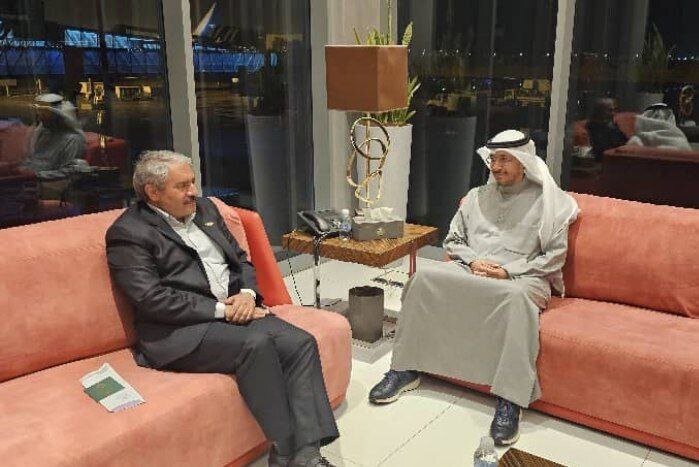Urban Iran’s Growing Crisis: The Alarming Rise of Poverty and Food Insecurity
A comprehensive research study conducted in 2022 highlights the alarming state of poverty and food insecurity in Iran’s urban areas. The findings, published by the state-affiliated media outlet Donya-e Eghtesad on February 2, 2025, reveal that only 45% of urban residents in Iran experience food security, while a staggering 55% are grappling with both poverty and food insecurity.
Economic experts attribute this troubling situation to several key factors:
- Rising Inflation: Over the past decade, Iran has faced significant inflationary pressures that have reduced the purchasing power of households.
- Sluggish Economic Growth: The slow growth of the economy has failed to create sufficient job opportunities, exacerbating poverty levels.
- Government Mismanagement: Ineffective government policies aimed at addressing these issues have resulted in worsening conditions for urban residents.
Food insecurity is a condition where individuals lack access to sufficient, healthy, and nutritious food necessary for their well-being. This can stem from financial hardship or structural barriers that limit food availability. In Iran, the ongoing economic crisis, driven by government mismanagement and international sanctions, has severely impacted people’s lives, leading to widespread food poverty.
From an economic perspective, low income and high unemployment rates significantly diminish household purchasing power. The following factors further intensify food insecurity:
- Rising Food Prices: Increased prices for basic food items make it difficult for families to maintain a healthy diet.
- Restricted Access to Agricultural Land: Limited availability of land for farming exacerbates food production issues.
- Unequal Distribution of Resources: Disparities in resource allocation further complicate food security challenges.
Additionally, financial constraints restrict food choices among low-income groups, often resulting in nutritional deficiencies.
Environmental and Structural Challenges
Beyond economic factors, environmental challenges also play a crucial role in exacerbating food insecurity in urban Iran. Key issues include:
- Climate Change: Alterations in weather patterns disrupt food production.
- Water Scarcity: Limited water resources hinder agricultural activities.
- Environmental Degradation: Deterioration of natural ecosystems impacts food supply.
- Plant and Animal Diseases: Outbreaks can severely affect food availability.
Natural disasters, such as droughts and floods, further diminish agricultural output, restricting access to essential food supplies.
The study utilized the Aggregate Household Food Security Index (AHFSI) and the Foster–Greer–Thorbecke indices to analyze the spatial distribution of poverty and food insecurity in urban areas of Iran. Findings indicate that soaring food prices in recent years have dramatically increased the cost of maintaining a healthy diet nationwide.
Statistical Findings and Government Response
According to data from the Statistical Center of Iran, inflationary pressures combined with declining household purchasing power have rendered government support policies largely ineffective in combating food poverty. The study analyzed household expenditure and income data to determine per capita calorie intake for 2022, revealing significant disparities:
- Average Calorie Intake: Urban Iranians consume an average of 2,540 kilocalories per day, predominantly from cereals.
- Calorie Distribution Disparity: Daily intake varies across provinces, ranging from 1,988 to 3,196 kilocalories.
A review of poverty and food insecurity indicators shows that 55.1% of urban households in Iran face food poverty, consuming 15.2% less than the minimum daily calorie requirement. To eradicate food poverty, the calorie intake of these households must increase by at least 15.2%. However, due to ongoing economic mismanagement, it is unlikely that adequate resources will be allocated to address this pressing issue.
Key Determinants of Food Security
Statistical modeling from the study identifies several critical factors influencing food security in urban Iran:
- Household Head’s Age: The age of the household head positively influences food security.
- Employment Status: Employment of the household head significantly impacts food security.
- Working Hours: More working hours correlate with better food security outcomes.
- Government Subsidies: The amount of subsidies received has a positive effect on food security.
- Household Income: Higher incomes lead to increased food security.
- Food Diversity: A diverse diet contributes positively to food security.
- Household Size: Larger families tend to experience more food insecurity.
Interestingly, gender and education level of the household head did not show significant effects on food security status.
The Stark Reality of Economic Hardship
The current poverty line in Iran is approximately 40 million tomans, while many families earn an average of only 15 million tomans per month. This significant income gap severely undermines food security, leaving numerous families struggling to afford basic necessities.
Systemic Failures and a Lack of Genuine Reform
The most critical takeaway from the study is that any government action aimed at alleviating food insecurity and poverty appears superficial. The Iranian regime’s political structure is riddled with inefficiencies and corruption, making genuine, long-term economic reform highly unlikely. Without addressing the root causes of these crises—such as economic mismanagement, inflation, and environmental degradation—food insecurity in urban Iran will continue to escalate, further exacerbating the suffering of millions.
